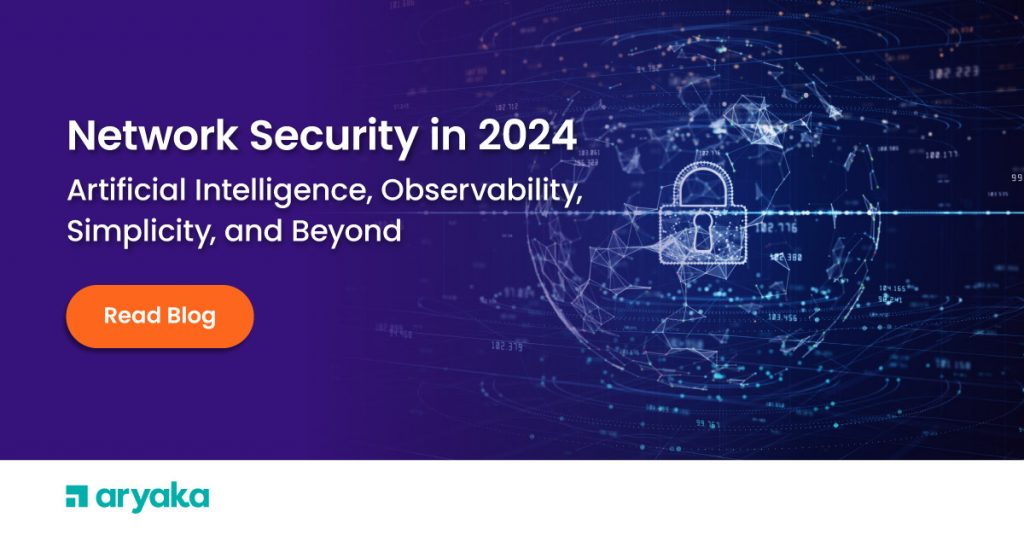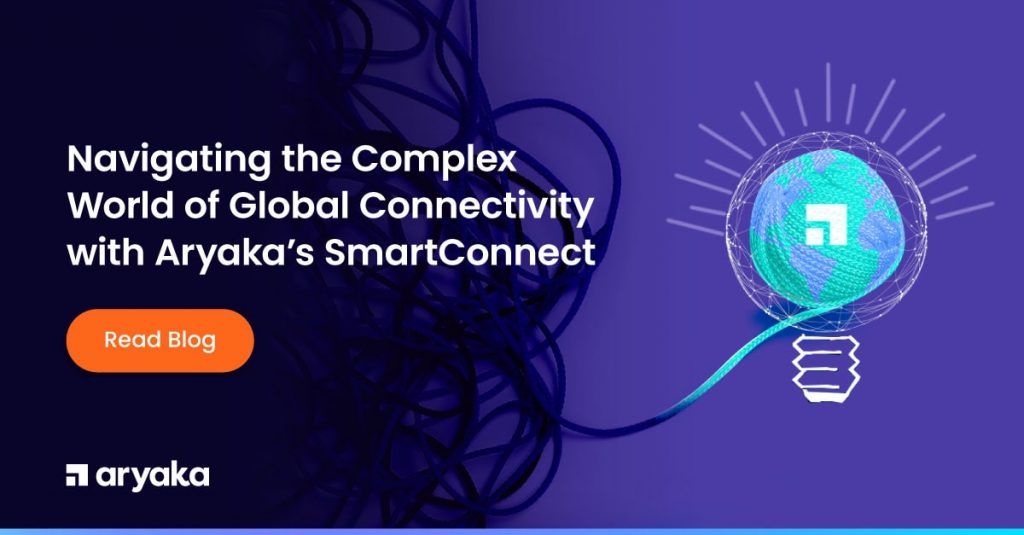Announcing the 6th annual edition of the Aryaka Global State of the WAN
Inputs from 1600 Enterprise decision makers globally
Today, we are thrilled to release the sixth annual edition of the Aryaka Global State of the WAN (SOTW) survey. It is a report packed with insights from more than 1600 decision makers, drawn from enterprises all over the world. CIOs, CISOs as well as network, security and cloud practitioners are represented from across different verticals.
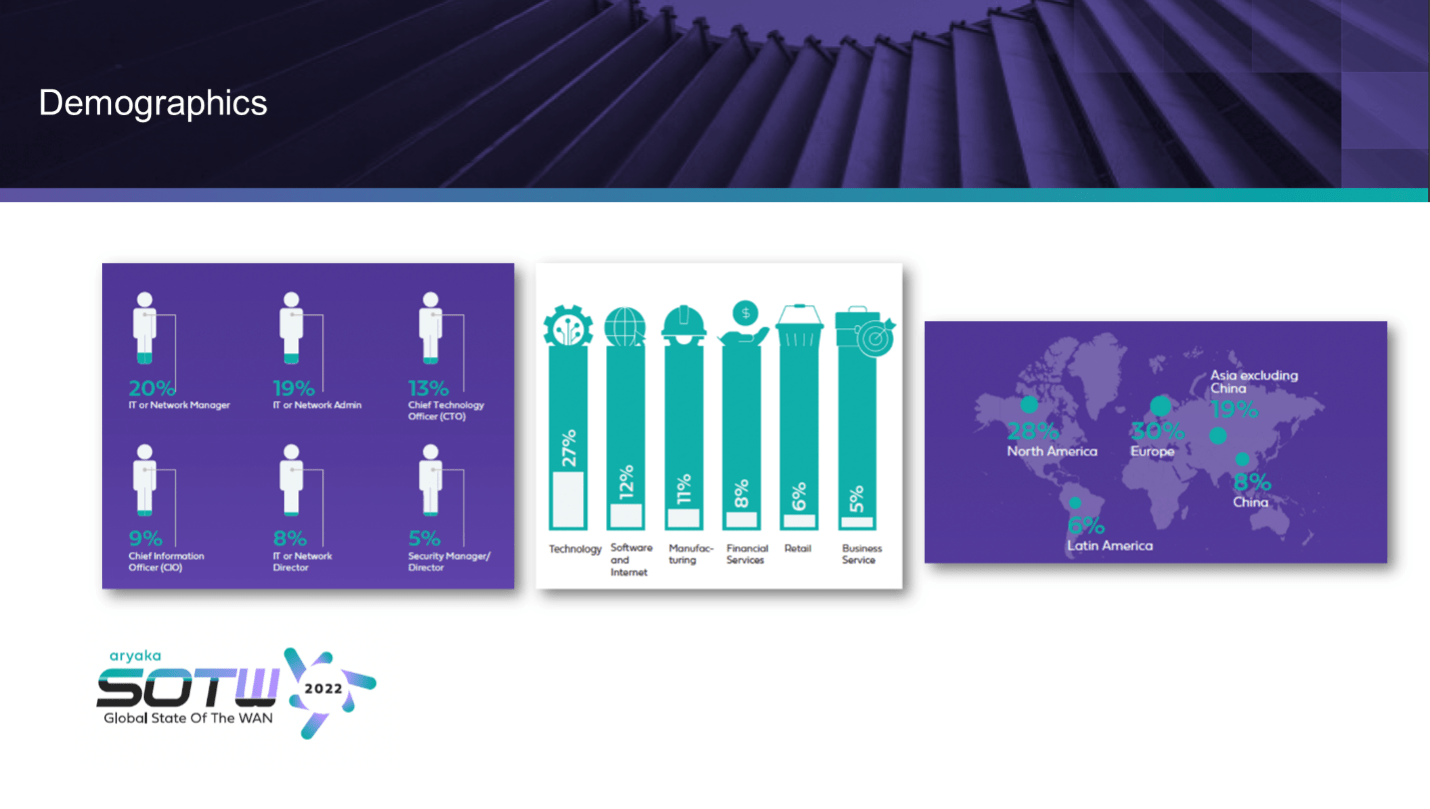
As the landscape around us changes, some portions of the survey also change to reflect the current reality, whereas other trends remain the same. It provides a more relevant output that is readily consumable and actionable.
So, what did I find interesting in this year’s survey?
1. Enterprises are betting on hybrid workplaces – No surprise here!
Although the end of the pandemic is uncertain, nobody is waiting for it to end either. We see enterprises decisively moving forward, whether it be on creating new office space with real estate investments, divestitures, consolidation etc., or even in issuing decrees allowing for some or all of their work force to be entirely remote “permanently”.
Others are making accommodations for employees to come back into the office based on county regulations, vaccination status etc.
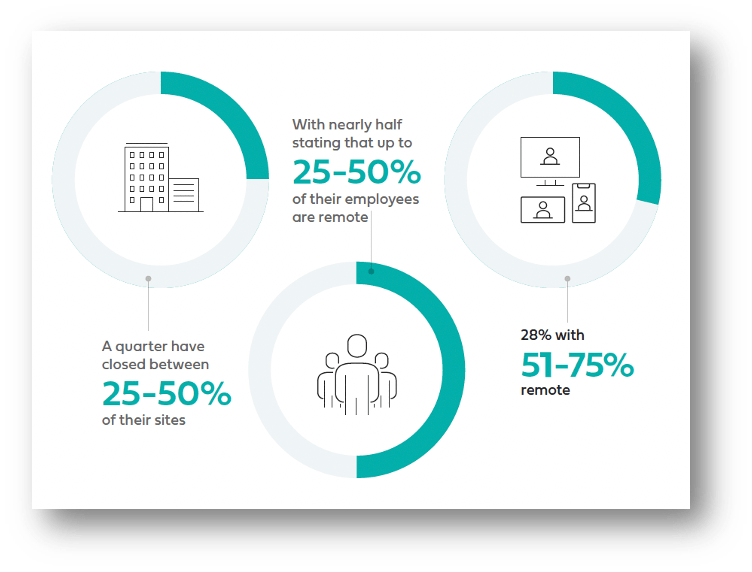
No matter where they are in this process, enterprises are placing tremendous emphasis on making employees productive through investments in predictable connectivity and collaboration platforms. This has increased the investments in network (WAN) and in various aspects of the security stack, in addition to other infrastructure elements.
For those investing in infrastructure and real estate, they are making a conscious effort to not create duplicity and cost stacking. Dynamic bandwidth allocation between sites and users, as-a-service consumption models, and cloud-delivered centralization are all becoming the norm as organizations navigate change.
2. Technology investments are on the rise with a focus on digital transformation
Conservatism in investment is giving way to decisiveness in leveraging technology as a key differentiator. We’re seeing this manifest through an acceleration in spending. However, supply chain disruptions, chip shortages, etc. have caused new initiatives to slow down, impacting the pace of digital transformation. Anecdotally, the cost savings resulting from real estate and utility savings, travel reductions, etc., are being repurposed into the technology stack to drive transformative initiatives, while mostly keeping the overall budget net-neutral.

This savings appears to have had a positive impact on network and security budgets, with a quarter of the enterprises expecting them to increase by 25% or more, and with almost everyone projecting at least a 10% hike in investment in these areas. Beyond this we see investment (or consolidation) also happening with collaboration platforms, productivity suites and cross-company planning initiatives. With a hybrid workforce this shift is spot on, and we do see Microsoft Teams and Microsoft Office 365 having gained ground in the last year or so, while SaaS applications in general having been growing like weeds!
I believe this will further accelerate cloud-first technologies with an emphasis on SD-WAN adoption and perhaps set a foundation for adoption of SASE (in a graded manner). But more on that later.
3. Focus on Visibility, Observability and Management
In some ways, this was a bit of a surprise for me, but perhaps it shouldn’t be. The fact of the matter is that the pace of change is unprecedented. As we know this is resulting in tectonic architectural shifts like shifting on-premise deployments to the cloud, applications being modernized and becoming more cloud-native, security posture getting rearchitected, consumption models shifting to an as-a-service delivery mechanism and convergence of hitherto siloed technologies to be more unified.
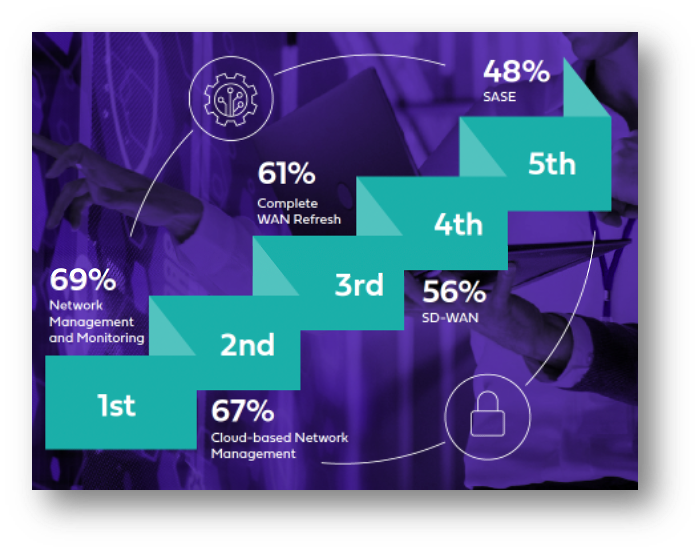
What stood out is that the IT organizations want to have deep visibility during this period of change. Visibility, monitoring and management – which were all once considered afterthoughts – have really been pulled to the head of the cart. The observability trend is really the umbrella discussion to be had here.
4. The road to SASE is promising but there are genuine concerns
Since this topic is top of mind, it is worth mentioning that at least the promise of the SASE architecture is compelling. A number of enterprises believe the benefits could be tangible, including time and cost savings, increased agility etc. to name a few. However, many enterprises are pragmatic to realize this is not an overnight shift and requires careful planning and de-risking. The complexity of evolving core connectivity and security elements is real, and trusting a single vendor to do it is concerning to a few that have embraced a multi-vendor strategy. An affinity towards getting all this delivered as a managed SASE solution, with SLAs and as-a-service, is therefore not a big surprise. We’re seeing interest in that approach grow considerably.
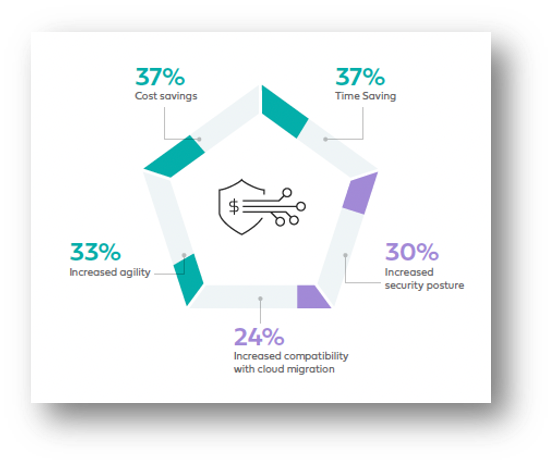

How to use the State of the WAN report?
This is a free resource. So, first download it here.
As it is a summation of inputs and insights, you may choose to treat this as yet another resource and incorporate it into your planning cycles. In other words, it will help you “Plan your WAN”! We view the WAN and security to be intertwined and you’ll therefore find a lot of useful information on both.
If you are an Aryaka customer (or Partner), you will see references to some of Aryaka’s offerings. While these do not go into great detail, they provide a simple mapping to areas where you could reach out to Aryaka for help in your own refresh cycles.
The recommendation checklist evolves and you may look at that as a sanity check.
Most Enterprises also have licenses to analyst research reports and access to engagements with them. This SOTW 2022 report can act as a companion to such efforts.
The digital copy is available on January 20th and the print edition will be available in a few weeks. If you’re interested in a physical copy, please let us know by checking the box when you download the report and we will do our best to get you a copy based on supply and availability.
You may also use it as a coffee table book at your home office or at your “office office” and enjoy the beautiful illustrations 🙂
Finally, this blog is incomplete without a big THANK YOU to our stellar marketing team that helps conduct surveys, produce and promote this report. They’re all heroes in my eyes!

